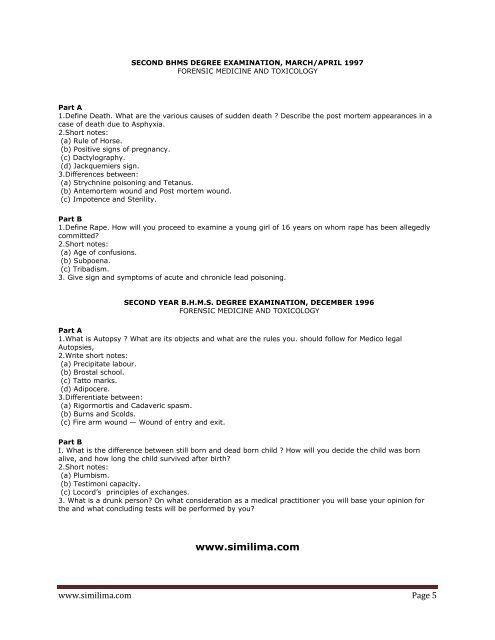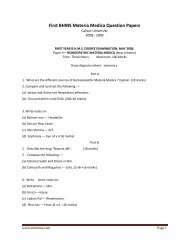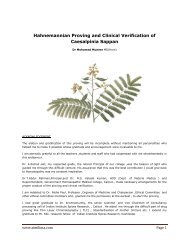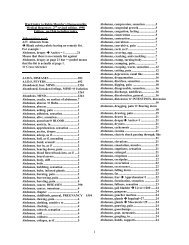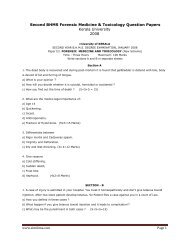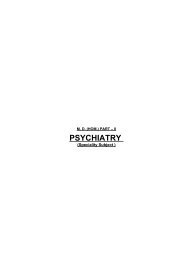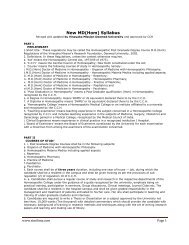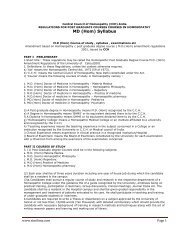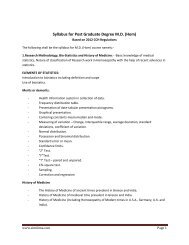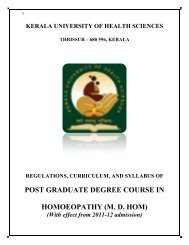Second BHMS Forensic Medicine & Toxicology Question ... - Similima
Second BHMS Forensic Medicine & Toxicology Question ... - Similima
Second BHMS Forensic Medicine & Toxicology Question ... - Similima
Create successful ePaper yourself
Turn your PDF publications into a flip-book with our unique Google optimized e-Paper software.
SECOND <strong>BHMS</strong> DEGREE EXAMINATION, MARCH/APRIL 1997<br />
FORENSIC MEDICINE AND TOXICOLOGY<br />
Part A<br />
1.Define Death. What are the various causes of sudden death ? Describe the post mortem appearances in a<br />
case of death due to Asphyxia.<br />
2.Short notes:<br />
(a) Rule of Horse.<br />
(b) Positive signs of pregnancy.<br />
(c) Dactylography.<br />
(d) Jackquemiers sign.<br />
3.Differences between:<br />
(a) Strychnine poisoning and Tetanus.<br />
(b) Antemortem wound and Post mortem wound.<br />
(c) Impotence and Sterility.<br />
Part B<br />
1.Define Rape. How will you proceed to examine a young girl of 16 years on whom rape has been allegedly<br />
committed?<br />
2.Short notes:<br />
(a) Age of confusions.<br />
(b) Subpoena.<br />
(c) Tribadism.<br />
3. Give sign and symptoms of acute and chronicle lead poisoning.<br />
SECOND YEAR B.H.M.S. DEGREE EXAMINATION, DECEMBER 1996<br />
FORENSIC MEDICINE AND TOXICOLOGY<br />
Part A<br />
1.What is Autopsy ? What are its objects and what are the rules you. should follow for Medico legal<br />
Autopsies,<br />
2.Write short notes:<br />
(a) Precipitate labour.<br />
(b) Brostal school.<br />
(c) Tatto marks.<br />
(d) Adipocere.<br />
3.Differentiate between:<br />
(a) Rigormortis and Cadaveric spasm.<br />
(b) Burns and Scolds.<br />
(c) Fire arm wound — Wound of entry and exit.<br />
Part B<br />
I. What is the difference between still born and dead born child ? How will you decide the child was born<br />
alive, and how long the child survived after birth?<br />
2.Short notes:<br />
(a) Plumbism.<br />
(b) Testimoni capacity.<br />
(c) Locord’s principles of exchanges.<br />
3. What is a drunk person? On what consideration as a medical practitioner you will base your opinion for<br />
the and what concluding tests will be performed by you?<br />
www.similima.com<br />
www.similima.com Page 5


